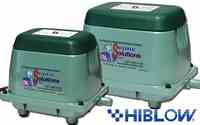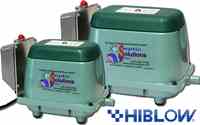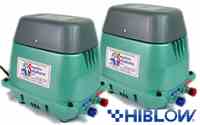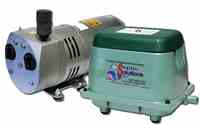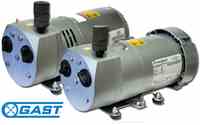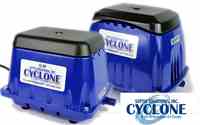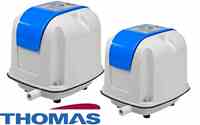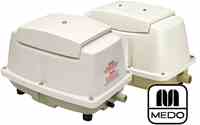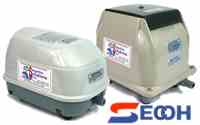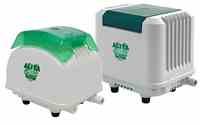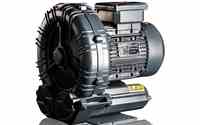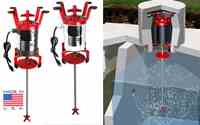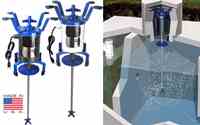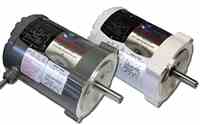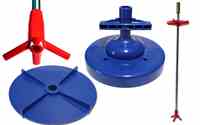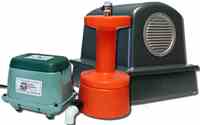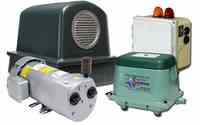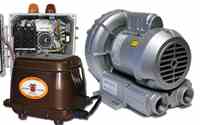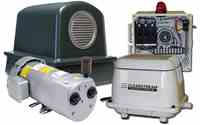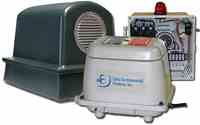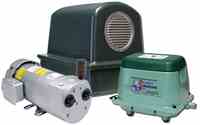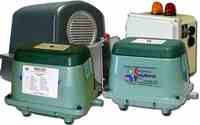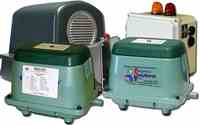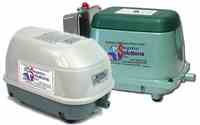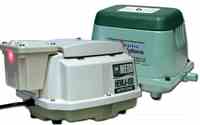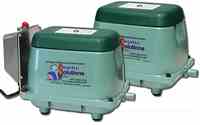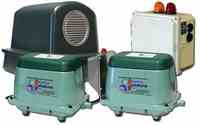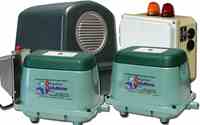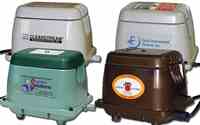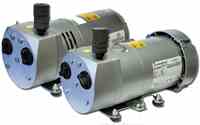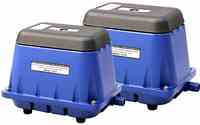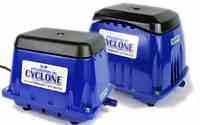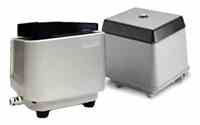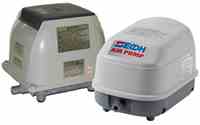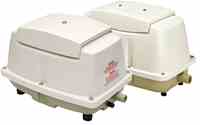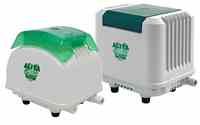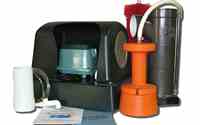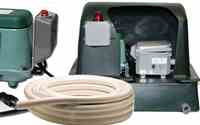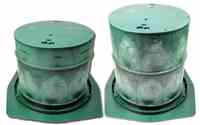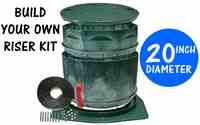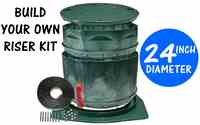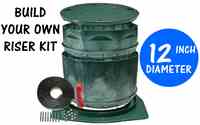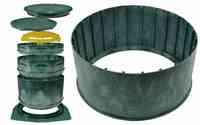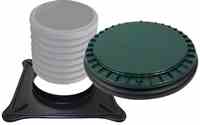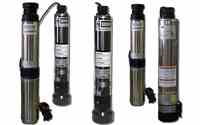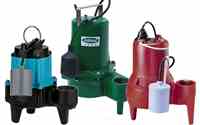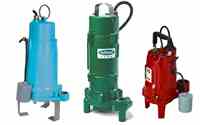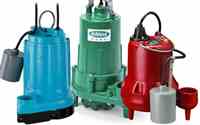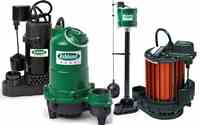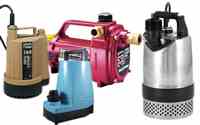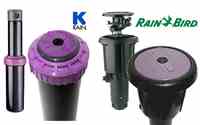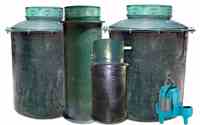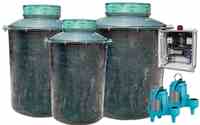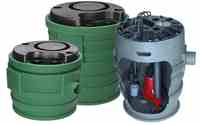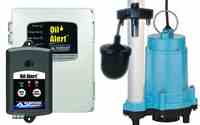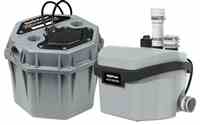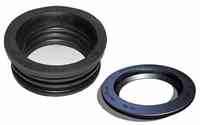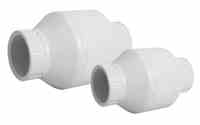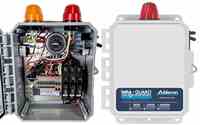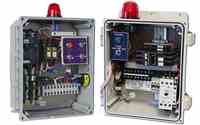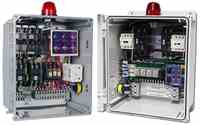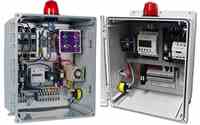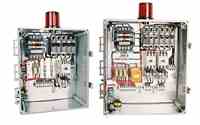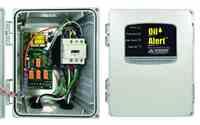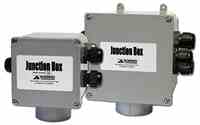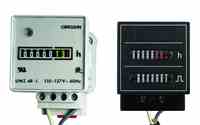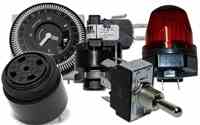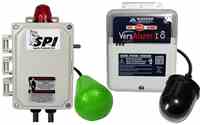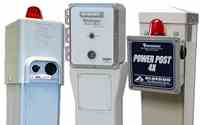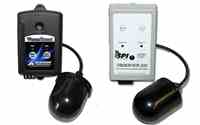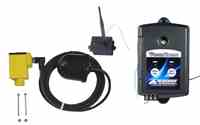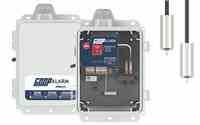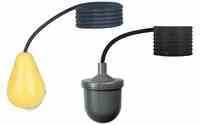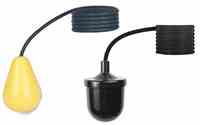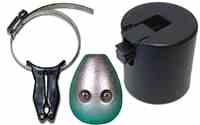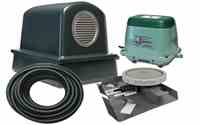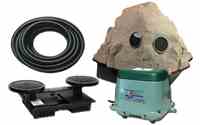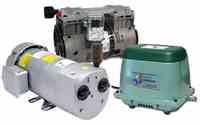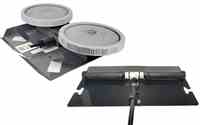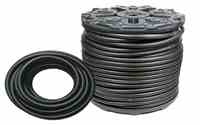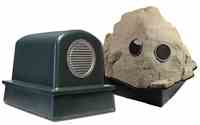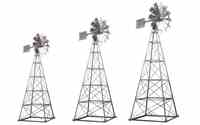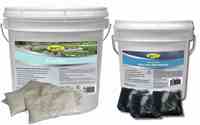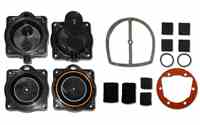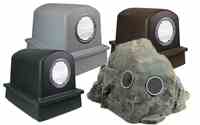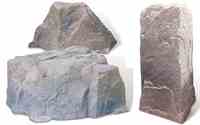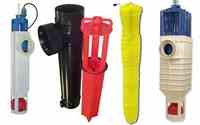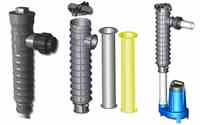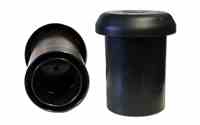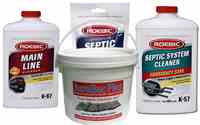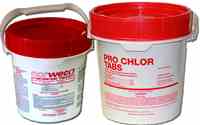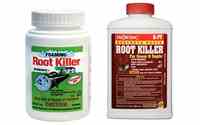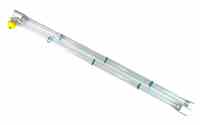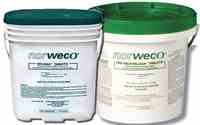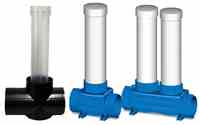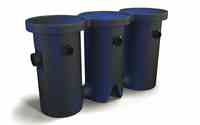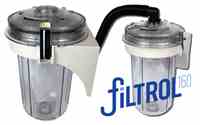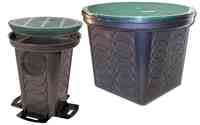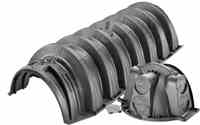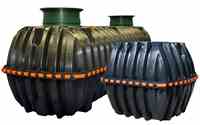Aerobic System Maintenance
Publish Date: July 30, 2025
Aerobic septic systems are a vital component for many households, particularly in rural areas where traditional sewer systems are unavailable. These systems rely on oxygen-loving bacteria to break down waste, offering an environmentally friendly and efficient wastewater treatment solution. However, proper maintenance is essential to keep an aerobic system functioning optimally, prevent costly repairs, and ensure compliance with environmental regulations. This article explores the key aspects of aerobic system maintenance, providing practical guidance for homeowners.
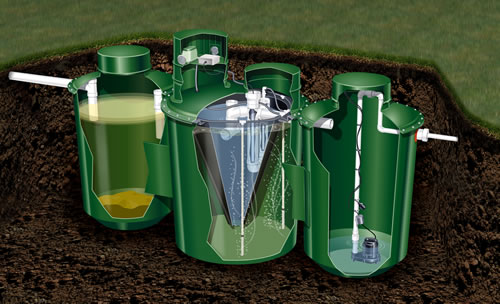
Understanding Aerobic Septic Systems
Unlike conventional septic systems, aerobic systems use an aerobic treatment unit (ATU) to facilitate the breakdown of organic matter. Air is introduced into the system via an aerator pump, promoting the growth of aerobic bacteria that digest waste more effectively than anaerobic bacteria. The treated effluent is then disinfected (often with chlorine) before being discharged or used for irrigation in some cases. Due to their complexity, aerobic systems require more attention than standard septic systems, but with regular care, they can last for decades.
Key Maintenance Practices
1. Regular Inspections
Routine inspections are the cornerstone of aerobic system maintenance. Most experts recommend a professional inspection every 3–6 months, depending on the system’s usage and local regulations. During an inspection, a technician will:
Check the aerator to ensure it’s functioning properly and delivering adequate oxygen.
Inspect the pump and floats for wear or malfunctions.
Examine the clarifier and disinfection unit for clogs or damage.
Check the effluent quality to ensure it meets environmental standards.
Homeowners should also perform visual checks between professional inspections, looking for signs of trouble such as unusual odors, slow drains, or soggy areas around the drain field.
2. Aerator Maintenance
The aerator is the heart of an aerobic system, supplying oxygen to the bacteria that break down waste. A malfunctioning aerator can lead to system failure, so it’s critical to:
Ensure the aerator runs continuously, as most systems require 24/7 operation.
Clean or replace air filters regularly (ever 6 months) to prevent dust and debris from clogging the unit.
Listen for unusual noises, which could indicate mechanical issues.
Replace the aerator diaphragm or other components as recommended by the manufacturer, typically every 3–5 years.
3. Pump and Spray System Care
Aerobic systems often include submersible pumps to move effluent to the disinfection chamber or spray field. To maintain the pump:
Clear any debris from the pump intake to prevent clogs.
Check the spray heads in the drain field for blockages or uneven distribution.
Ensure the pump’s electrical components are protected from moisture and corrosion.
If the system uses a sprinkler system for effluent dispersal, clean or replace sprinkler heads annually to ensure even application and prevent pooling.
4. Chlorination and Disinfection
Many aerobic systems use chlorine tablets to disinfect effluent before it’s released. To maintain the chlorination system:
Refill the tablet feeder with septic chlorine tablets as needed, typically every 1–3 months.
Use only manufacturer-approved chlorine tablets to avoid damaging the system.
Check the chlorinator tube for blockages or residue buildup.
Test chlorine levels periodically to ensure proper disinfection without over-chlorination, which can harm the environment.
5. Sludge Management
Over time, solids accumulate in the aerobic tank, forming sludge. Excessive sludge can overwhelm the system, reducing efficiency and causing backups. To manage sludge:
Have the tank pumped every 3–5 years, depending on household size and usage.
Work with a licensed septic professional to measure sludge levels and determine the pumping schedule.
Avoid flushing non-biodegradable items (e.g., wipes, sanitary products, or grease), as these can increase sludge buildup and clog the system.
6. Water Usage and Load Management
Aerobic systems are designed to handle specific wastewater volumes. Overloading the system with excessive water can disrupt the treatment process. To manage water usage:
Fix leaks promptly to reduce unnecessary water flow.
Use water-efficient appliances, such as low-flow toilets and showerheads.
Spread out water-heavy activities (e.g., laundry, dishwashing) to avoid overwhelming the system in a short period.
7. Protecting the Drain Field
The drain field or spray field is where treated effluent is dispersed. To keep it in good condition:
Avoid parking vehicles or placing heavy objects on the drain field to prevent soil compaction.
Keep trees and shrubs away from the area, as roots can infiltrate and damage pipes.
Redirect surface water (e.g., from gutters) away from the drain field to prevent saturation.
Common Issues and Troubleshooting
Even with diligent maintenance, issues can arise. Here are some common problems and solutions:
Foul Odors: Often caused by a failing aerator or excessive sludge. Check the aerator first and schedule a professional inspection if the issue persists.
Alarms or Warning Lights: Many aerobic systems have alarms to alert homeowners to malfunctions. If an alarm sounds, check the aerator and pump, and contact a technician if the issue isn’t obvious.
Pooling Water: Wet spots in the drain field may indicate a clog or oversaturation. Reduce water usage and have the system inspected.
Slow Drains: This could signal a clog in the system or a problem with the pump. Avoid using chemical drain cleaners, as they can kill beneficial bacteria.
Regulatory Compliance
Aerobic systems are subject to local and state regulations, which may require regular maintenance contracts, inspections, or permits. Homeowners should:
Maintain a service contract with a licensed septic professional, as required in many areas.
Keep records of inspections, repairs, and pumping for compliance and resale purposes.
Stay informed about local regulations, as non-compliance can result in fines or system shutdowns.
Benefits of Proper Maintenance
Investing time and effort in aerobic system maintenance offers numerous benefits:
Extended System Lifespan: Regular care can extend the life of the system by 20–30 years or more.
Cost Savings: Preventive maintenance is far less expensive than repairing or replacing a failed system.
Environmental Protection: A well-maintained system prevents untreated wastewater from contaminating groundwater or nearby water bodies.
Property Value: A properly functioning septic system enhances the value and marketability of a home.
Conclusion
Maintaining an aerobic septic system requires consistent effort, but the payoff is a reliable, efficient, and environmentally friendly wastewater treatment solution. By following a regular maintenance schedule, addressing issues promptly, and working with qualified professionals, homeowners can ensure their aerobic system operates smoothly for years to come. For specific guidance, consult your system’s manual or a licensed septic professional, and always stay proactive to avoid costly surprises.


